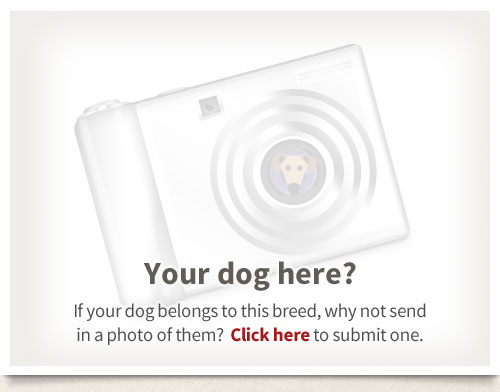Origin
The Havanese belongs to the Bichon family of dogs which originated from the small white dogs known to have inhabited Mediterranean countries for more than 2000 years. Whether it descended directly from the Maltese, or a Bolognese - Poodle cross, or a Blankito de la Havana - Poodle cross, or a Bichon Frise cross, is unknown. Quite how the progenitors of the Havanese arrived in Cuba is also a matter of speculation. One of the more popular theories is that these appealing little dogs were used as gifts by seafaring traders to gain favour with wealthy and influential Cuban families. This ploy, if true, certainly worked. The dogs swiftly became treasured companions of the elite. Havanese puppies were precious and never sold, only given as priceless gifts of esteem and gratitude to others of social standing. This association with the upper classes almost spelled the demise of the Havanese in the wake of the 1959 Cuban revolution. Only a few escaped with their fleeing owners and the breed was on the brink of extinction by 1970. Fortunately the Goodales of Colorado managed to trace 11 Havanese living with Cuban exiles and were able to start a program to re-establish the breed. Havanese are enjoying a revival of interest in Cuba and are gradually becoming better known elsewhere.
Character
The Havanese is a truly delightful dog. His primary role, practised and honed to perfection over the centuries, is that of companion. His joy is to be with his owners, to accompany them anywhere, to cuddle and relax with them; to play with and to entertain them - his pleasure is your pleasure. The attachment he has with his people is absolute and without their attention and company he will be unhappy and fail to fulfil his potential. If long periods of separation are inevitable then this breed would not be a good choice. Although he is a Toy dog he is quite a sturdy fellow with plenty of stamina, well able to take part in and enjoy games and canine sports such as agility, canine freestyle and flyball. His springing step, sparkling eyes, and mischievous expression are evidence of his playful and kindly nature which, together with his innate gentleness, make him an excellent friend for children. The Havanese is a very sociable dog and is not usually shy or nervous around people he does not know but, although he is a quiet dog, he will alert to visitors by barking before going forward to meet and greet with the utmost bonhomie. This friendliness endears him to all and he has proved successful as a therapy dog, bring cheer and comfort to his ‘clients’. From somewhere comes the Havanese’s additional instincts and talents for herding, scent discrimination and swimming - a very versatile and tough ‘toy’. Affectionate and loyal, happy and extroverted, intelligent and responsive, this is a real charmer of a dog who, in a heartbeat, will enchant almost everyone he encounters.
Exercise
This is a spritely and energetic dog who will obtain much of his physical exercise requirements from gambolling around the house and garden and playing games with willing participants. However, it is just as important to keep him mentally fit, and a daily walk which supplies interest in the form of new sights and smells, people and other dogs to meet and interact with, will stimulate his smart mind and provide good opportunities for socialization. He will enjoy being taught and performing tricks, competing in agility, flyball, obedience and tracking - all of which will exercise both mind and body.
Training
All dogs, of whatever size, need and deserve basic obedience training. A dog is much happier if it knows the boundaries of acceptable behaviour and knows that it can rely on its owner for firm but fair leadership. The Havanese is very bright and will quickly learn and respond to commands if there is a mutual bond of respect and affection. Kind, gentle, but firm and consistent training using methods that reward wanted behaviour with treats and praise should be used. Harsh physical or verbal discipline will have negative results; i.e. a dog that is broken in spirit and obeys out of fear, or a dog that ‘closes down’ and will not work in the apprehension of doing the wrong thing. Training should be made rewarding and fun for the dog. It is important that the Havanese should receive early socialization to accustom it to as many of the various things, people, animals, and situations as possible that he may be expected to encounter during his life. The adequately trained and socialized Havanese will be a pleasure to live with and welcome wherever he goes.
Health
- Patella luxation
- cataracts
- chondrodysplasia
- Legg-Calve-Perthes disease
- elbow dysplasia
- portosystemic shunt
- cardiac problems
- deafness
Pictures
Some photographs of the Havanese...





